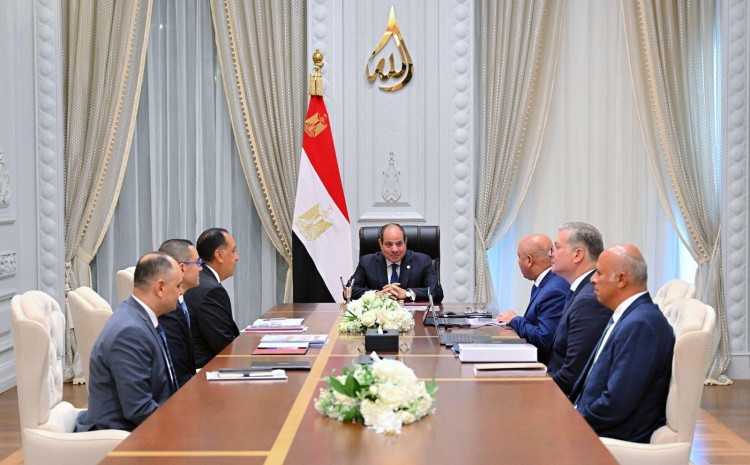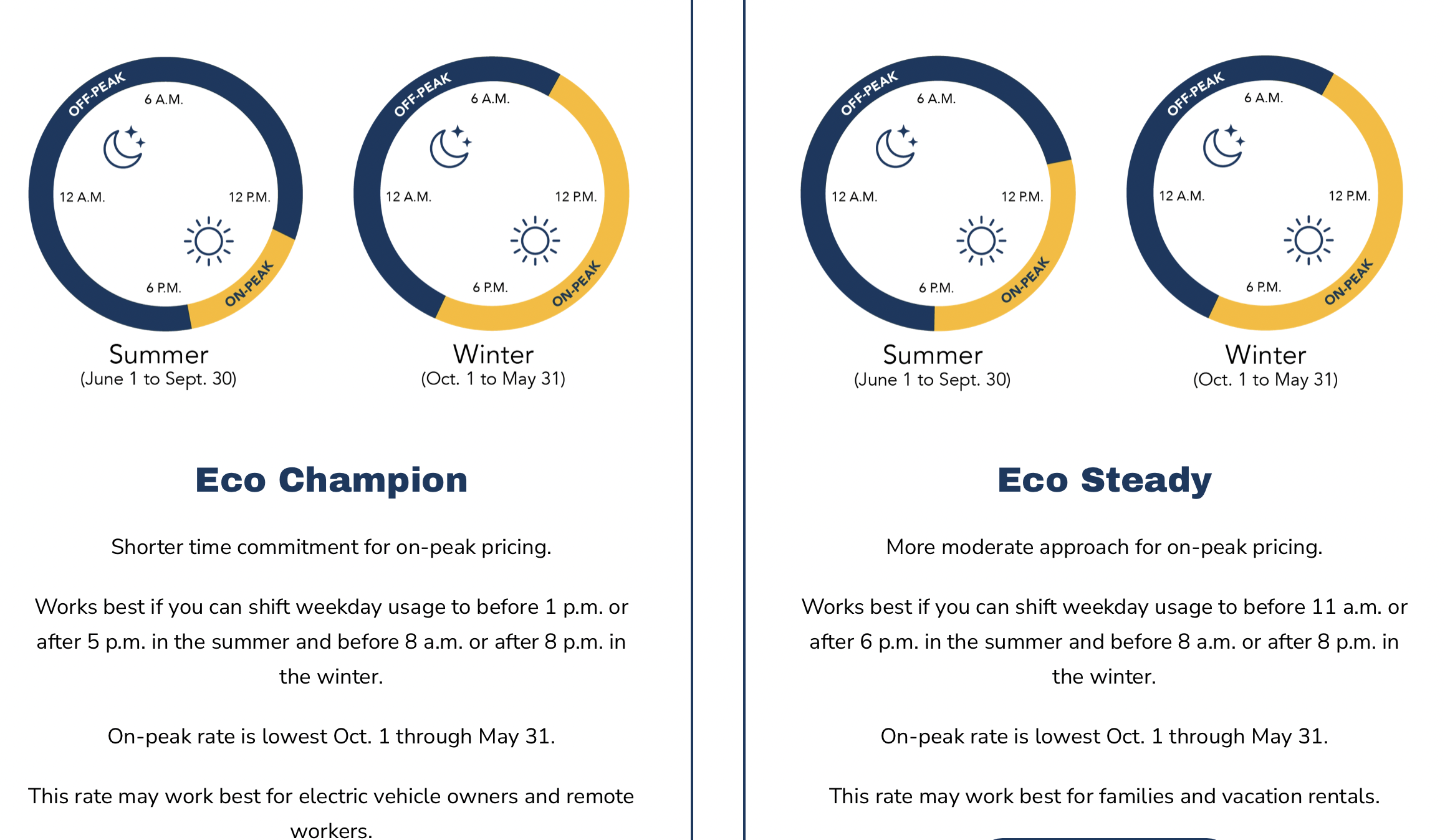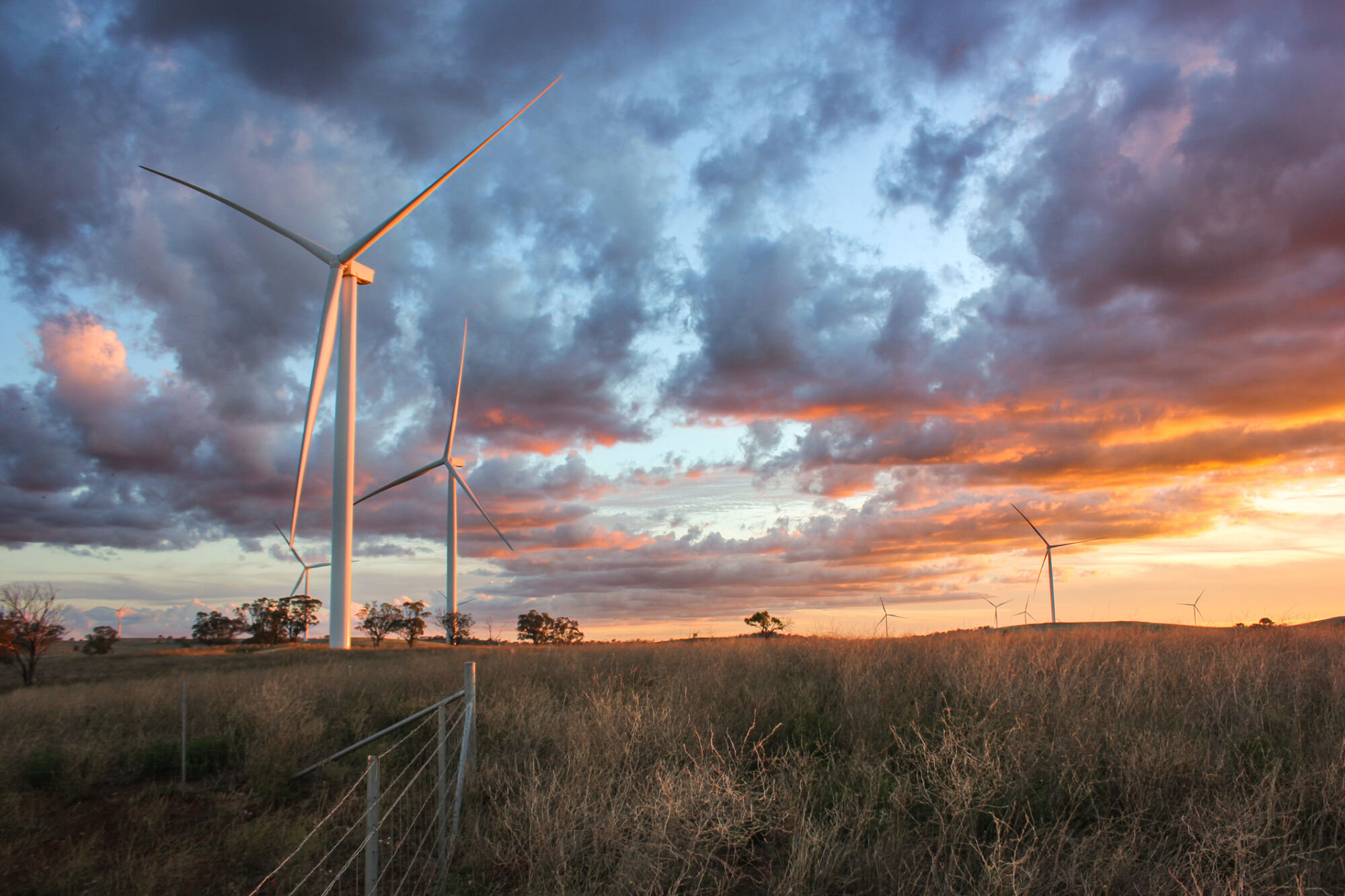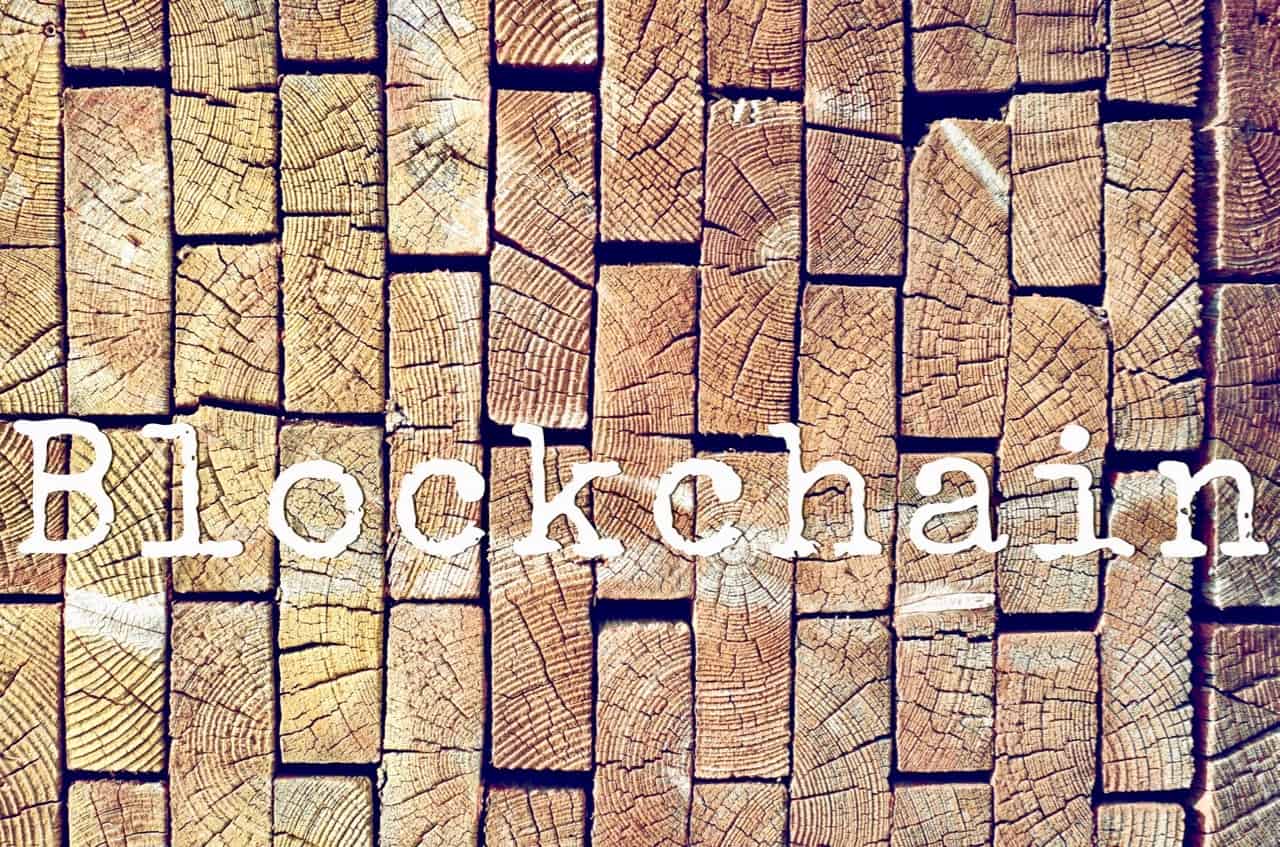El-Sisi Emphasizes Petrochemicals, Mining Role in Industrial Growth – Egypt Oil & Gas

Report on Egypt’s Petrochemical Sector Development and Alignment with Sustainable Development Goals
Presidential Directive on Sustainable Industrialization
A recent high-level meeting, presided over by President Abdel Fattah El-Sisi and attended by Prime Minister Mostafa Madbouly and the Minister of Petroleum and Mineral Resources, Karim Badawi, focused on the strategic advancement of Egypt’s petrochemical and mining sectors. The President underscored the critical role of these projects in achieving national economic and sustainable development objectives.
The presidential directives emphasized accelerating efforts toward:
- Maximizing Resource Value: Enhancing the added value of Egypt’s natural and mineral resources, directly supporting SDG 12 (Responsible Consumption and Production) by promoting efficient resource management.
- Economic Growth and Employment: Boosting the national economy and creating significant employment opportunities, which is central to SDG 8 (Decent Work and Economic Growth).
- Industrial Localization and Investment: Localizing related industries and attracting foreign investment to build resilient infrastructure and foster innovation, in line with SDG 9 (Industry, Innovation, and Infrastructure).
- Market Development: Satisfying local market needs and increasing exports to enhance economic self-sufficiency and global trade integration.
Strategic Projects Advancing SDGs
The government is actively pursuing large-scale industrial projects through international collaboration, demonstrating a commitment to SDG 17 (Partnerships for the Goals). Key initiatives include:
-
Mediterranean Petrochemicals Complex, New Alamein
A framework agreement was signed with Shard Capital and Saudi Arabia’s Al-Qahtani Group for this $7 billion project. Its development is set to make substantial contributions to several SDGs:
- SDG 8: The project is projected to create 20,000 jobs during construction and 3,000 permanent operational roles, fostering sustained economic growth.
- SDG 9: As Egypt’s first petrochemical complex of its kind, it represents a major leap in building resilient industrial infrastructure and promoting sustainable industrialization.
- SDG 12: With an annual production capacity of 3.1 million tons, the facility aims for efficient processing of crude oil into specialized products, contributing to more sustainable production patterns.
-
Red Sea Petrochemicals Complex, Ain Sokhna
Contracts for the basic design of the first phase were signed under the supervision of Prime Minister Mostafa Madbouly. This project highlights a multi-stakeholder partnership approach, involving the Red Sea National Petrochemicals Company, China National Chemical Engineering Group (CNCEC), ENPPI, and Petrojet.
- SDG 17: The collaboration between Egyptian state-owned enterprises and a major international engineering corporation exemplifies a robust global partnership for sustainable development.
- SDG 9: The project is a cornerstone of the plan to develop the industrial capabilities of the Red Sea region, enhancing Egypt’s industrial base and technological capacity.
Conclusion: A Coordinated Strategy for Sustainable Development
The executive follow-up on these industrial projects confirms a coordinated national strategy. By securing raw materials, arranging funding, and forging international partnerships, Egypt is systematically advancing its industrial sector. This strategy is intrinsically linked to achieving the Sustainable Development Goals, particularly by fostering economic growth, building modern infrastructure, creating decent work, and leveraging global partnerships for sustainable industrialization.
Analysis of Sustainable Development Goals (SDGs) in the Article
1. Which SDGs are addressed or connected to the issues highlighted in the article?
-
SDG 8: Decent Work and Economic Growth
The article emphasizes projects that “create jobs and boost national economic returns.” Specifically, it mentions the Mediterranean Petrochemicals Complex project is “expected to generate 20,000 construction jobs and 3,000 permanent roles,” directly contributing to employment and economic growth.
-
SDG 9: Industry, Innovation, and Infrastructure
The core topic is the development of large-scale industrial infrastructure, such as the “$7 billion Mediterranean Petrochemicals Complex” and the “Red Sea Petrochemicals Complex.” The President’s directive to “accelerate efforts to localize related industries in Egypt” and expand industrial capacity clearly aligns with this goal.
-
SDG 12: Responsible Consumption and Production
The article highlights the President’s focus on “maximizing the added value of Egypt’s natural and mineral resources.” This points to a strategy of efficient resource utilization, a key principle of SDG 12. The projects aim to transform raw materials (crude oil) into higher-value petrochemical products for local and export markets.
-
SDG 17: Partnerships for the Goals
The article details multiple partnerships essential for these projects. It mentions agreements with international entities like “Shard Capital,” “Saudi Arabia’s Al-Qahtani Group,” and “China National Chemical Engineering Group (CNCEC) Corporation.” These collaborations are crucial for mobilizing financial resources (“$7 billion Mediterranean Petrochemicals Complex project”) and technical expertise, which is the essence of SDG 17.
2. What specific targets under those SDGs can be identified based on the article’s content?
-
SDG 8: Decent Work and Economic Growth
- Target 8.1: Sustain per capita economic growth in accordance with national circumstances. The article supports this by mentioning the goal to “boost national economic returns.”
- Target 8.2: Achieve higher levels of economic productivity through diversification, technological upgrading and innovation. The focus on high-value petrochemical projects represents a move towards economic diversification and upgrading.
- Target 8.5: By 2030, achieve full and productive employment and decent work for all. The creation of “20,000 construction jobs and 3,000 permanent roles” is a direct contribution to this target.
-
SDG 9: Industry, Innovation, and Infrastructure
- Target 9.2: Promote inclusive and sustainable industrialization and, by 2030, significantly raise industry’s share of employment and gross domestic product. The development of petrochemical complexes and the directive to “expand related industries” directly address this target.
- Target 9.b: Support domestic technology development, research and innovation in developing countries. The directive to “localize related industries in Egypt” aligns with fostering domestic industrial capabilities.
-
SDG 12: Responsible Consumption and Production
- Target 12.2: By 2030, achieve the sustainable management and efficient use of natural resources. The stated aim to “maximize the added value of Egypt’s natural and mineral resources” directly relates to this target.
-
SDG 17: Partnerships for the Goals
- Target 17.3: Mobilize additional financial resources for developing countries from multiple sources. The article explicitly mentions attracting “investments to this vital sector” and the “$7 billion” project funded through international partnerships.
- Target 17.17: Encourage and promote effective public, public-private and civil society partnerships. The agreements signed with “Shard Capital,” “Al-Qahtani Group,” and “CNCEC” are clear examples of public-private and international partnerships.
3. Are there any indicators mentioned or implied in the article that can be used to measure progress towards the identified targets?
-
For SDG 8 (Decent Work and Economic Growth)
- Indicator: Number of jobs created. The article provides specific figures: “20,000 construction jobs and 3,000 permanent roles.”
- Indicator: Investment in major projects. The article mentions the “$7 billion Mediterranean Petrochemicals Complex project” as a measure of economic activity.
-
For SDG 9 (Industry, Innovation, and Infrastructure)
- Indicator: Industrial production capacity. The article states the new facility will have an “annual production capacity of around 3.1 million tons across eight specialized petrochemical products.”
- Indicator: Development of new industrial infrastructure. The establishment of “Egypt’s first petrochemical complex” in New Alamein and the “Red Sea Petrochemicals Complex” serve as direct indicators.
-
For SDG 12 (Responsible Consumption and Production)
- Indicator: Value addition to natural resources. The project’s goal of transforming crude oil into “eight specialized petrochemical products” is an indicator of maximizing the value of a natural resource.
-
For SDG 17 (Partnerships for the Goals)
- Indicator: Value of foreign direct investment mobilized. The “$7 billion” investment for the Mediterranean Petrochemicals Complex is a clear financial indicator.
- Indicator: Number of international partnerships established. The article names specific agreements with “Shard Capital,” “Al-Qahtani Group,” and “CNCEC,” which can be counted as progress.
4. Summary Table of SDGs, Targets, and Indicators
| SDGs | Targets | Indicators |
|---|---|---|
| SDG 8: Decent Work and Economic Growth |
|
|
| SDG 9: Industry, Innovation, and Infrastructure |
|
|
| SDG 12: Responsible Consumption and Production |
|
|
| SDG 17: Partnerships for the Goals |
|
|
Source: egyptoil-gas.com

What is Your Reaction?
 Like
0
Like
0
 Dislike
0
Dislike
0
 Love
0
Love
0
 Funny
0
Funny
0
 Angry
0
Angry
0
 Sad
0
Sad
0
 Wow
0
Wow
0














































































